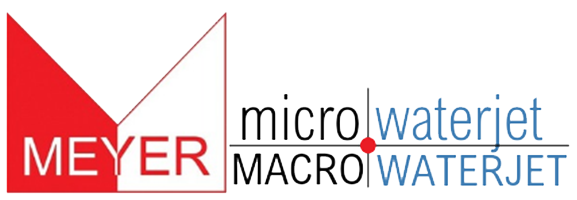Worried About the Cut Quality of Conventional Cutting Methods?
Micro Waterjet
Get Your Custom Solution
"*" indicates required fields
Conventional cutting methods often sacrifice quality to provide cheaper prices. This results in suppliers producing inconsistent quality or requiring you to scrap parts. Explore this section to learn more about how to differentiate between price and value.
Conventional Waterjet Shops Only Concentrate on Speed
Waterjet cutting processes often prioritize speed while simultaneously ignoring quality standards. High speed waterjet cutting creates striations along the cut edge. The distorted cutting edge can also show unwanted taper in the final product.
Traditional Waterjet Service Providers Have Difficulty Handling Precision Cutting or Thin Materials
Traditional waterjets struggle to cut high precision parts because they are unable to properly provide support, resulting in material that will shift during the cutting process. Thin materials must be properly stabilized in order to achieve precision results. The Microwaterjet® cutting process is designed specifically to secure thin and delicate materials for high precision results.
Conventional Waterjet Technology uses Aggressive Abrasive and a Large Cutting Kerf
The conventional waterjet process requires more aggressive abrasive material that prevents the process from cutting small details. Conventional waterjet cutting uses a large kerf width, averaging around 0.04” (1 mm). This kerf width limits your ability to cut sharp corners, or create thin cut lines.
Laser Cutting and Other Thermal Processes Often Have Undesirable Results on the Cut Edge
Since laser cutting is a thermal cutting process, laser cutting often creates slag and re-cast characteristics. This negatively impacts the cutting edge by requiring parts to be post processed to clean up imperfections. Ultimately, laser cutting produces undesirable results when precision and cleanliness are important.
Looking for a High Quality Cutting Method?
At Meyer Tool Huntersville, we understand how quality is essential in meeting your precision manufacturing requirements. Contact us today to learn how our Microwaterjet® process may be the answer to your precision and quality needs.
